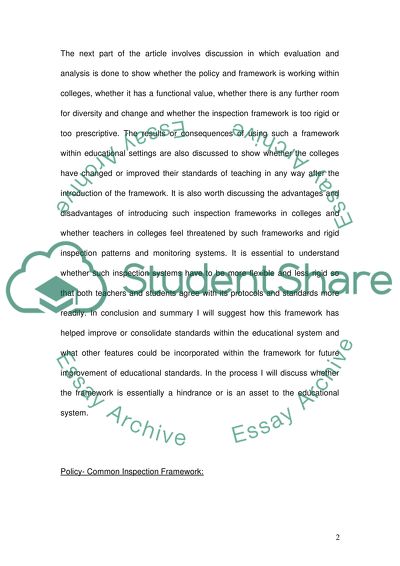Cite this document
(“Common Inspection Framework Essay Example | Topics and Well Written Essays - 3000 words”, n.d.)
Common Inspection Framework Essay Example | Topics and Well Written Essays - 3000 words. Retrieved from https://studentshare.org/education/1499054-educational-system
Common Inspection Framework Essay Example | Topics and Well Written Essays - 3000 words. Retrieved from https://studentshare.org/education/1499054-educational-system
(Common Inspection Framework Essay Example | Topics and Well Written Essays - 3000 Words)
Common Inspection Framework Essay Example | Topics and Well Written Essays - 3000 Words. https://studentshare.org/education/1499054-educational-system.
Common Inspection Framework Essay Example | Topics and Well Written Essays - 3000 Words. https://studentshare.org/education/1499054-educational-system.
“Common Inspection Framework Essay Example | Topics and Well Written Essays - 3000 Words”, n.d. https://studentshare.org/education/1499054-educational-system.


